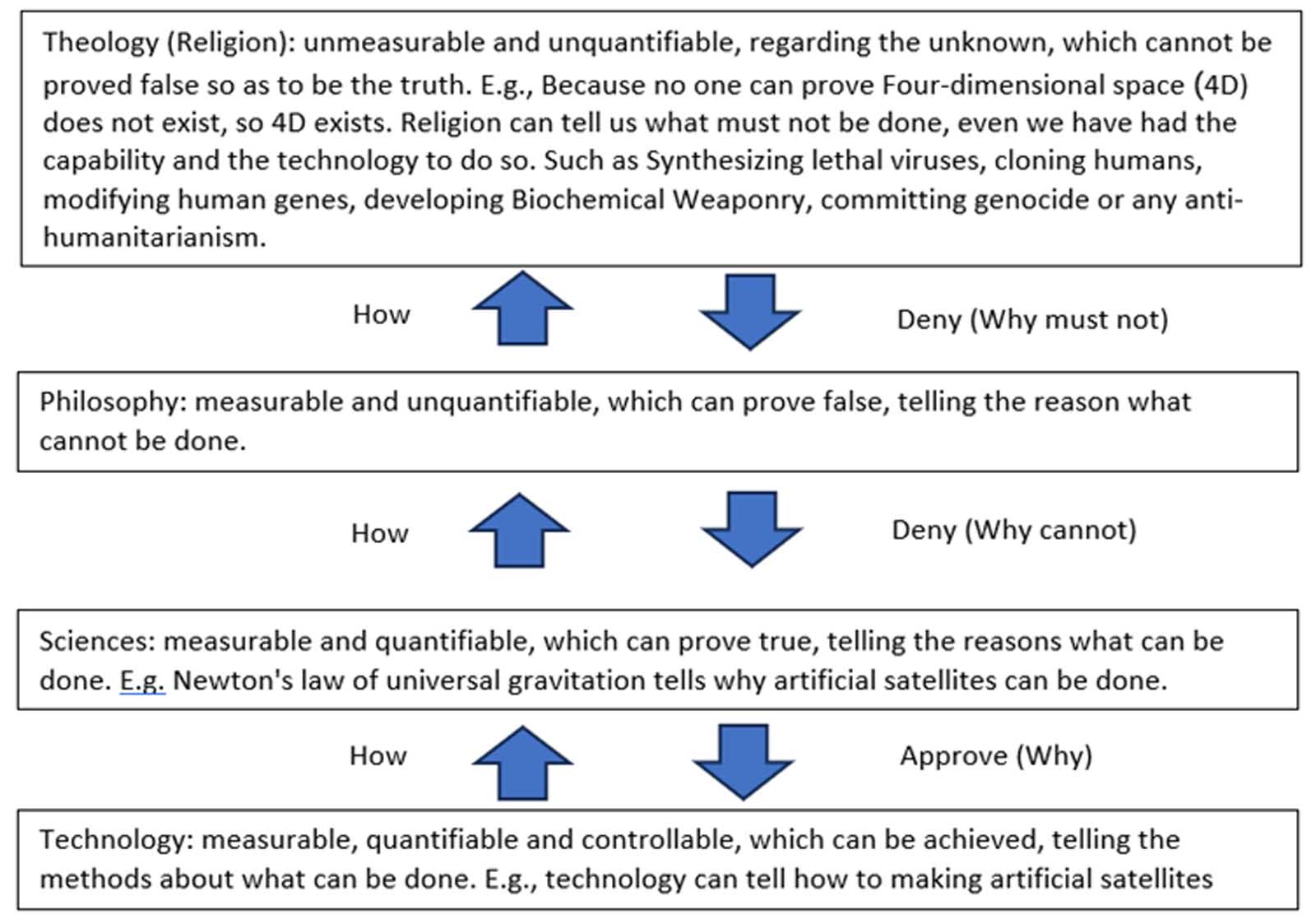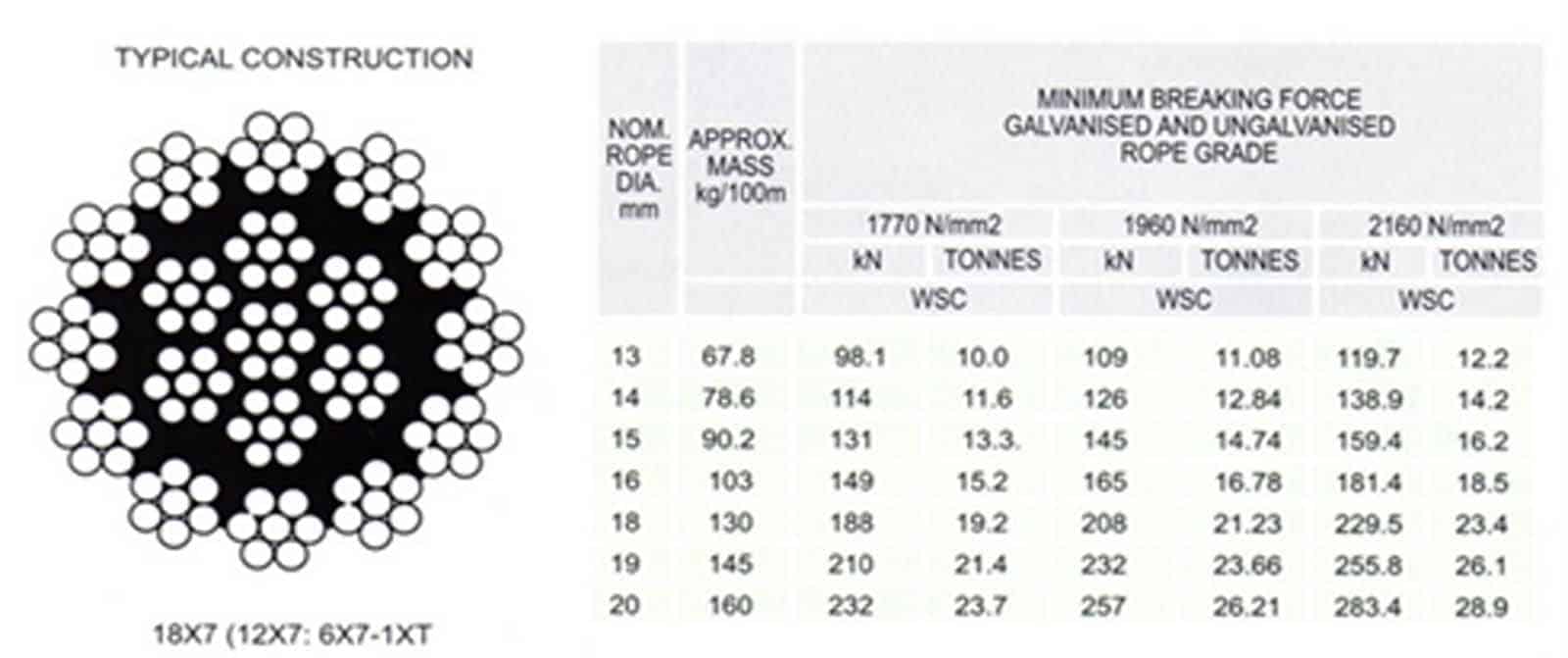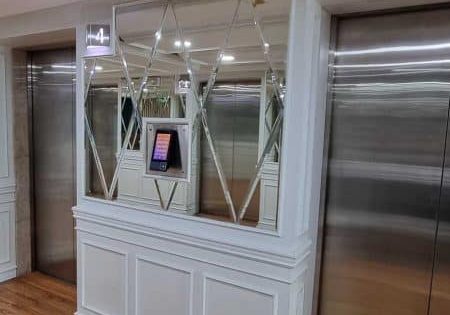First Principles and Ropeless Lifts
Dec 1, 2023
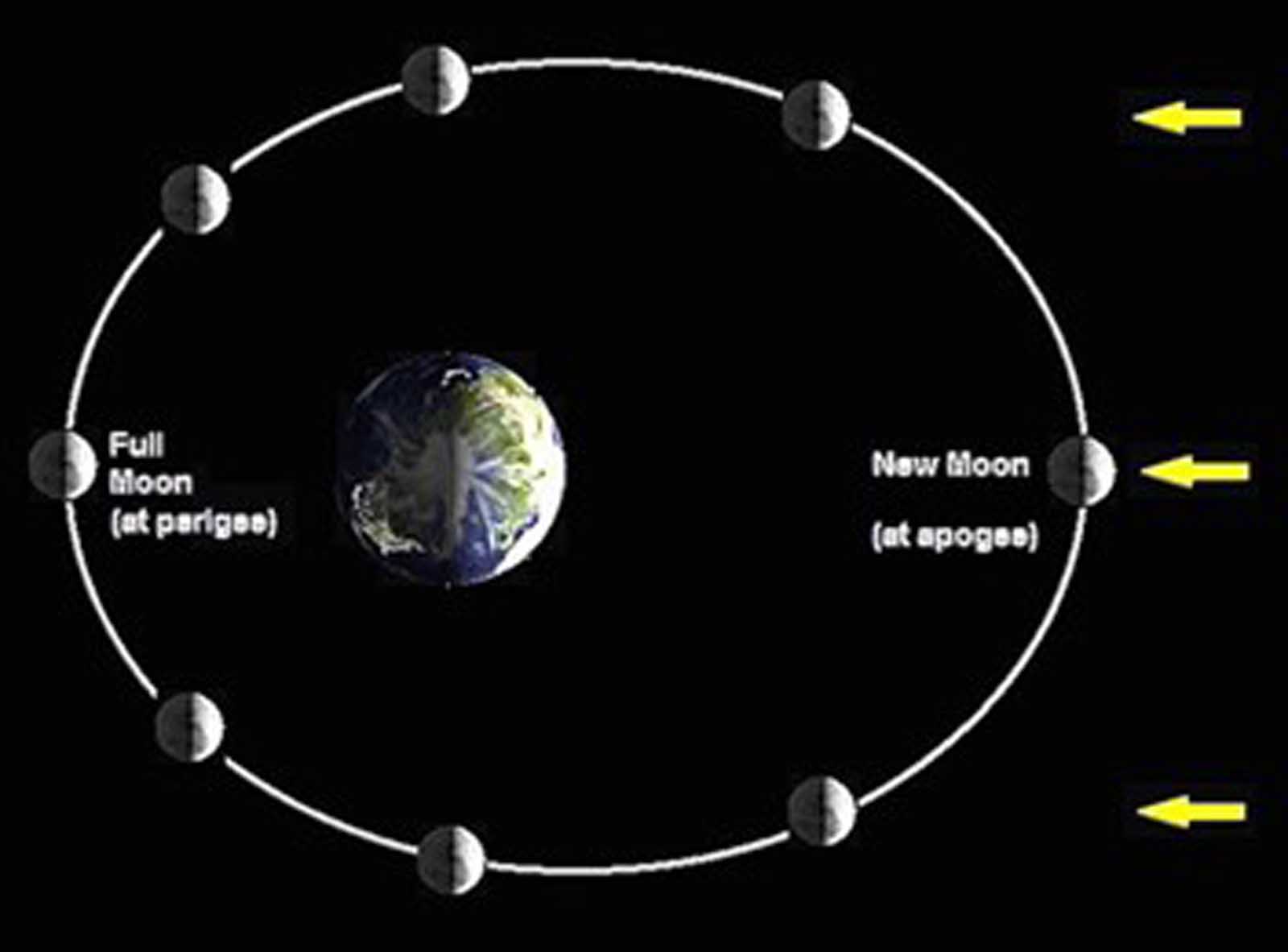
The importance of deciding “what not to do”
“The wheel is believed to have been invented around 3500 BC by Homo sapiens living in Mesopotamia. It is used in almost all modes of modern transportation — from basic carts, cycles, motorcycles and cars to trucks, trams, trains and planes.”[1] Your author firmly believes that whilst the wheel is mankind’s greatest innovation, “one plus one equals two” is mankind’s greatest discovery.
The wheel can transform rotation in finite space into infinite linear movement. The first principle of land (horizontal) transportation is the use of the wheel; the first principle of dynamic power transmission is rotation; the first principle of mathematics is the simple idea that “one plus one equals two.”
1. Background
Your author was a speaker at Elevcon 2023, which took place on June 20-22. It was here where I introduced multifunctional time-sharing dual car lift designs for slender luxury residential towers.[2] As part of this, I also attended on June 22 “Session 11: Future Elevator Systems,” which was chaired by Dr. Marja-Liisa Siikonen, MSc, Ph.D., CEO, MLS Lift Consulting Ltd., and Elevcon 2023 chairwoman and program manager. This session covered ropeless, vertical and horizontal movement history; ropeless, hoisting systems, simulation, power consumption, power failure; and elevator, space and Moon environment.
Ropeless lifts were a controversial topic at the congress. Personally, I found that I disagreed with a majority of the arguments proposed by the speakers, especially the Moon elevator.
Although the Moon rotates on its own axis at the same rate that it orbits Earth, showing the same face toward Earth, the orbit to Earth is an ellipse, which means the distances between the Earth and the Moon are always changing.
On the other hand, the Earth spins on its own axis once every 24 h. How could an anchor station be built on the Earth to maintain a fixed direction to the Moon? There were too many technical problems unsolved, such as the fixing of the guide rails in the sky, the power transmission to the Moon elevator car, and so on.
Ultimately, none of those authors have mechanical engineering backgrounds, instead having backgrounds in computer engineering or electrical engineering. I never doubt their intelligences in their expertise, but I think their confidence in their ideas in mechanical engineering is from the Dunning-Kruger effect as, “He doesn’t know what he doesn’t know.”
Elon Musk was also criticized by some experts, but Musk has been successful in almost all of his projects in many different fields. How does Musk undertake his projects to be so successful? I have had a question in mind since then.
On June 21, I found out that my paper, which argued that the ropeless lift is infeasible, had been published in ELEVATOR WORLD Europe’s May-June 2023 Issue. This conclusion was made through the following statements:
- The Design/Invention Must Not Have Unsolved Fundamental Contradictions Left.
- The Design/Invention Must Not Disobey Any TRIZ Principles of Invention.
- “The Icing Shall Never Be More Expensive Than the Cake.”
- A Single Breakdown in a Subsystem Shall Never Cause a Systematic Failure.
- Never Challenging the Limitation; Any Mechanical Product Has a Physical Limitation.
After further thought regarding the ropeless lift, I believe that one can depend on philosophical insight to make claims on technological progress. Philosophy can prove what cannot be done rather than what can be done. Inspired by Musk, philosophy via first principles provides new insights to accentuate the claim that the ropeless lift is ultimately infeasible.
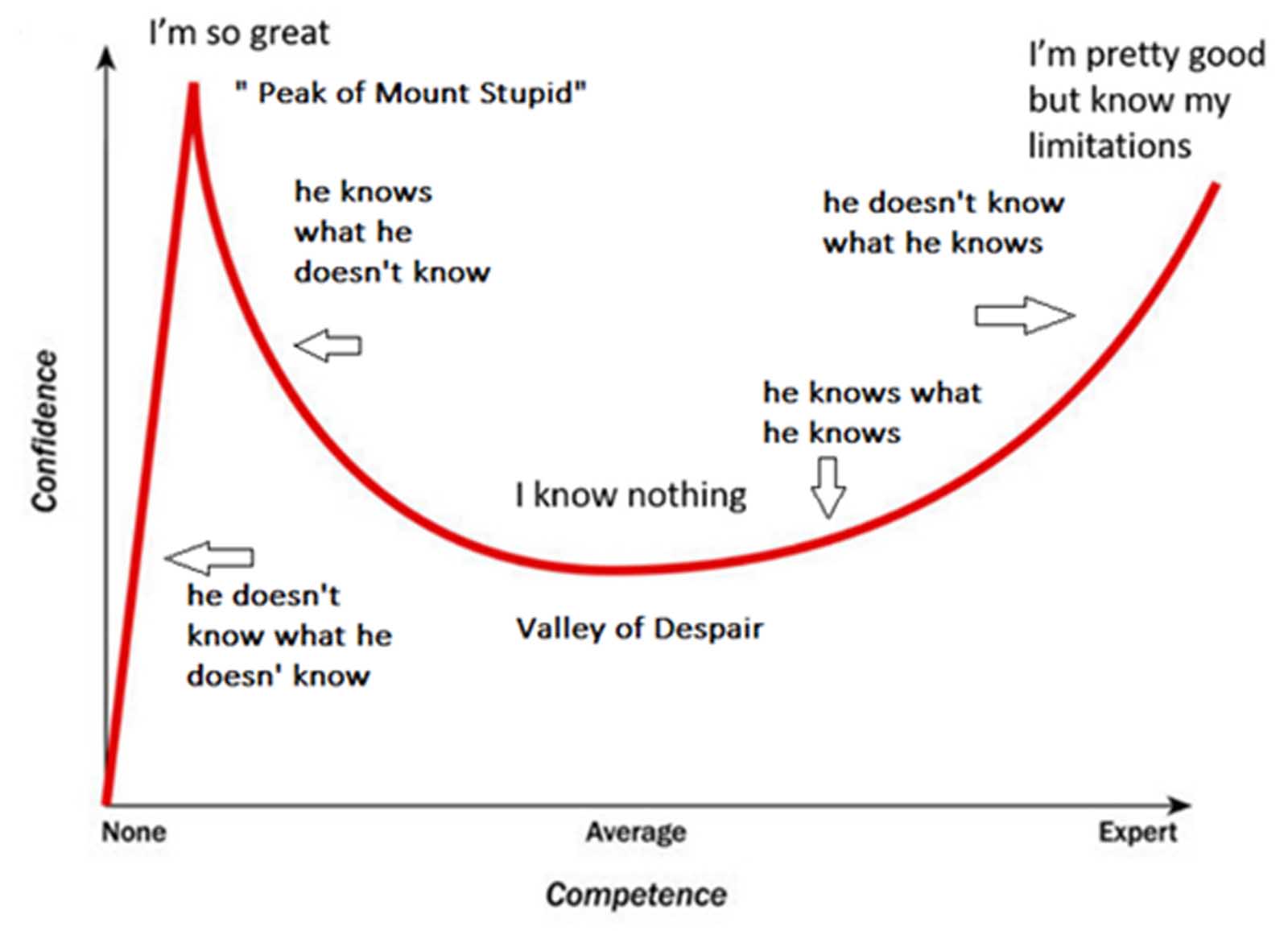
2. The Dunning-Kruger Effect and the First Principle
Your author fell into a “valley of despair” (Figure 2) at age 19 when I was a year-two university student in China. After that, I read a lot of books on politics, history, philosophy and psychology. After approximately 10 years, I finally rebuilt my confidence to the state of “He knows what he knows.”
2.1 Introducing the Dunning-Kruger Effect
“The Dunning‑Kruger effect is a cognitive bias in which people with limited competence in a particular domain overestimate their abilities. Some researchers also include the opposite effect for high performers: their tendency to underestimate their skills. In popular culture, the DunningKruger effect is often misunderstood as a claim about general overconfidence of people with low intelligence instead of specific overconfidence of people unskilled at a particular task.”[3]
2.2 Introducing the First Principle
“In philosophy and science, a first principle is a basic proposition or assumption that cannot be deduced from any other proposition or assumption. In mathematics and formal logic, first principles are referred to as axioms or postulates. In physics and other sciences, theoretical work is said to be from first principles, or ab initio, if it starts directly at the level of established science and does not make assumptions such as empirical model and parameter fitting. ‘First principles thinking’ consists of decomposing things down to the fundamental axioms in the given arena, before reasoning up by asking which ones are relevant to the question at hand, then cross referencing conclusions based on chosen axioms and making sure conclusions do not violate any fundamental laws.”[4]
When I worked for a leading lift contractor as the project design engineer in the modernization department, my line manager one day asked me to look at an issue: There was a full replacement lift project for a building that had an extension of one floor on the top. When the installation of the lift was nearly complete, the fitters found that the two-panel side opening doors could not fit into the new floor due to a big concrete column at the corner of the front wall that remained unnoticed during the design survey. After thinking for a couple minutes, I realized that the solution was to put a three-panel side opening door at the floor instead. This is an example of thinking via first principles. Because genericity must be the first principle of designing massively manufactured mechanical components, the location of door locks and door rollers on the first landing door panels must be standardised according to each lift manufacturer’s specifications.
Another example can be seen in when my line manager was asked how one should distinguish major repair with modernization by his boss from global headquarters. After passing the question to the design team, I gave an answer: A major repair becomes a modernization if the controller is replaced.
2.3 Elon Musk’s First Principle Thinking
The first principles approach has been used by many great thinkers, but no one embodies the philosophy of first principles thinking more effectively than entrepreneur Elon Musk.
In 2002, Musk began his quest to send the first rocket to Mars. After visiting a number of aerospace manufacturers around the world, Musk discovered the cost of purchasing a rocket was astronomical — up to US$65 million. Given the high price, he began to rethink the problem. Musk said in an interview:
“Physics teaches you to reason from first principles rather than by analogy. So, I said, ‘Okay, let’s look at the first principles. What is a rocket made of? Aerospace-grade aluminium alloys, plus some titanium, copper and carbon fibre.’ Then I asked, ‘What is the value of those materials on the commodity market?’ It turned out that the materials cost of a rocket was around 2% of the typical price.”
Instead of buying a finished rocket for tens of millions of dollars, Musk decided to create his own company, purchase the raw materials for cheap and build the rockets himself. SpaceX was born. Within a few years, SpaceX had cut the price of launching a rocket by nearly 10x while still making a profit. Musk used first principles thinking to break the situation down to the fundamentals, bypass the high prices of the aerospace industry and create a more effective solution. First principles thinking is the act of boiling a process down to the fundamental parts that you know are true and building up from there.[5]
Rather than resorting to invent, Musk kept to conventional rocket technology. This not only meant that the technology and expertise from the market already existed to build rockets, but that he could also “make rocket parts reusable, reusing a first-stage booster rocket, resulting in an estimated 30% savings on the cost of more than US$60 million. If SpaceX also manages to reuse the second stage of the rocket, costs will drop even further.”[5]
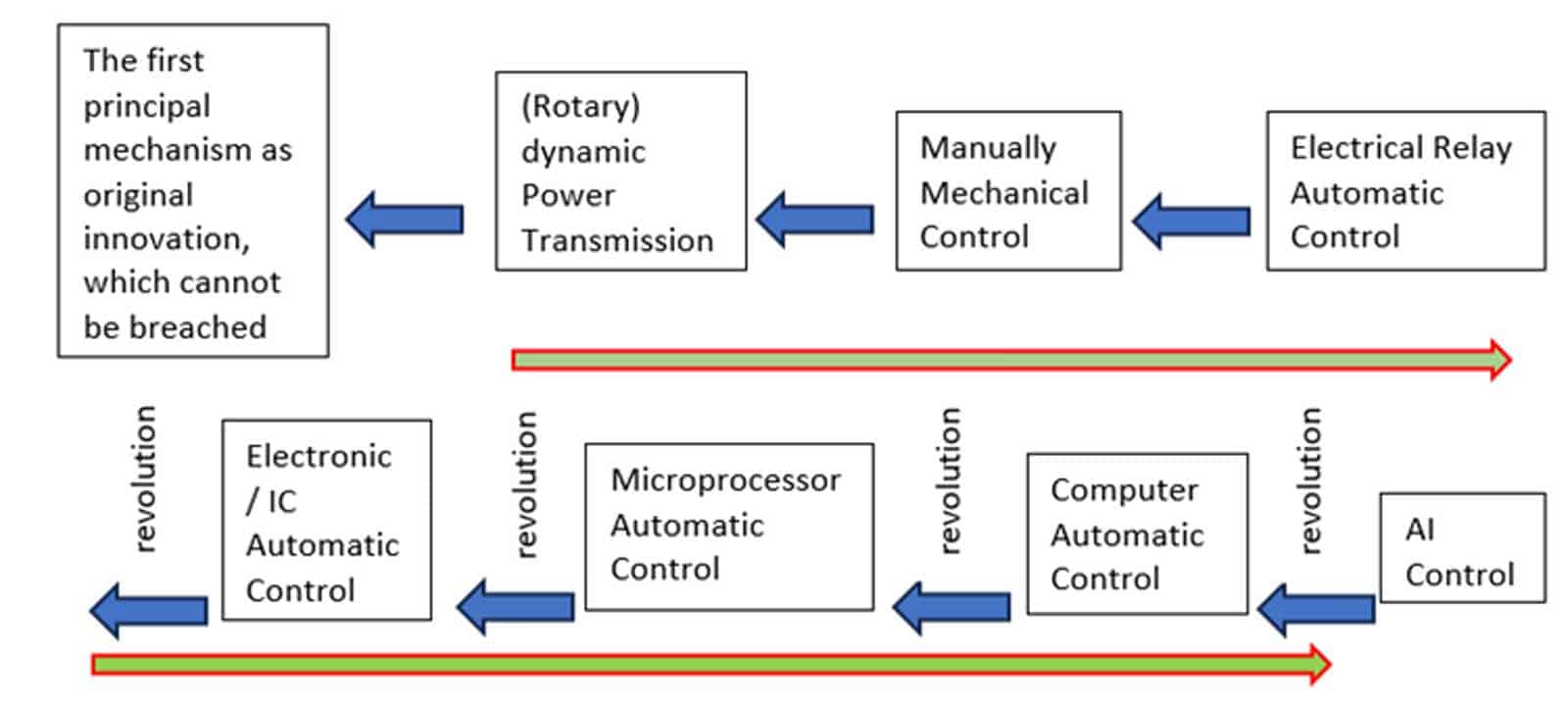
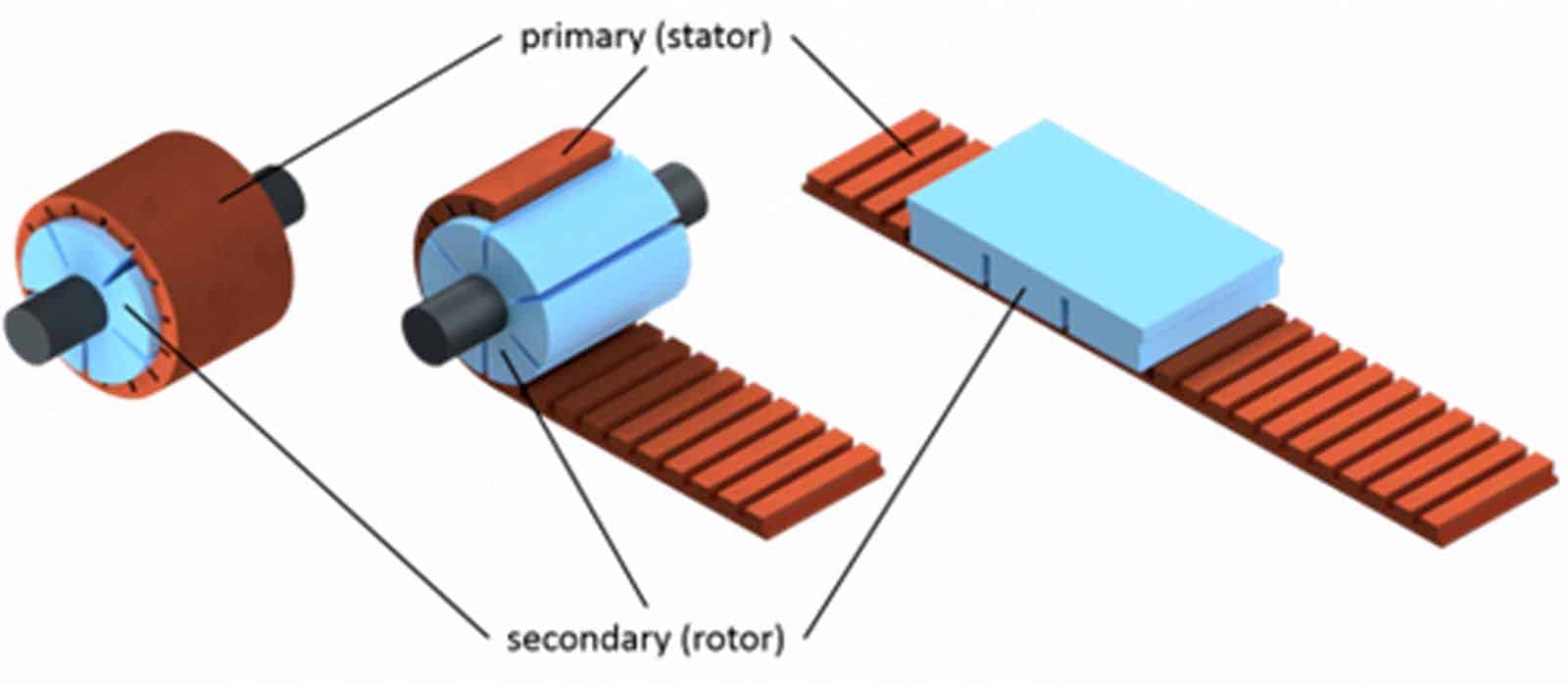
2.4 The First Principle of Electrical Traction Lifts
The first principle of the electrical traction lift is that it must use a car (cabin), ropes, driving sheaves and a counterweight. The counterweight has the following functions:
- Alongside the car, it produces the friction between the ropes and the driving sheave to create the driving force.
- It balances the lift car and its load via the ropes to cut the driving force in half.
- It provides protection: If the car over-travels into the headroom, the counterweight will hit the buffers to reduce the driving force (friction) so that the lift car would not be able to go up continuously.
Without the ropes or the counterweight, the lift will not work: The lift car cannot function alone. Through first principles, the mechanism must be the simplest, most direct and most cost-effective regarding the construction of the device. (Note: Hydraulic lifts or drum lifts are special forms of lifts, similarly with sled and hovercrafts in land transportation, which are not discussed in this paper.)
3. Introducing Linear Motors and Maglev Trains
“A linear motor is an electric motor that has had its stator and rotor ‘unrolled,’ thus, instead of producing a torque (rotation), it produces a linear force along its length. Characteristically, a linear motor’s active section has ends, whereas more conventional motors are arranged as a continuous loop.”[6]
The construction of the first commercial magnetic levitation (maglev train) in the world, the Shanghai maglev train, cost approximately US$1.2 billion to construct 30 km (amounting to US$40,000 per meter). Unfortunately, the maglev line has been unprofitable. The Shanghai Maglev Transportation Development Co., which operates this particular service, incurred losses of over 1 billion RMB (approximately US$136.7 million) between 2004 to 2006.[8] (Recent data is unavailable because the situation is getting worse and worse.)
The Shanghai maglev train can be conceptualised as a linear motor with the stator as the 30-km track and the rotor as the 30-m long train. One is able to apply the same mathematics from a conventional rotor onto a linear motor in order to assess the cost effectiveness of the power transmission. Whilst the 30-km track can be conceptualized as a stator arranged in a continuous loop with a diameter of 9.554 km (30km÷3.14), the 30-m train can be conceptualized as a rotor arranged in a conventional motor with a diameter of 9.554 m (30m÷3.14). Because the diameter of the rotor is only 1‰ (one thousandth) of the diameter of the stator, the cost effectiveness in the power transmission of a conventional motor is 1‰ (one thousandth) or less. From this, the following conclusions can be drawn:
- Whilst maglev trains are an original innovation, they breach the first principle of land (horizontal) transportation (the use of the wheel).
- Maglev trains are extremely cost-ineffective. Furthermore, the longer the travel is, the lower the return on investment.
- Ropeless lifts are the result of analogical thinking that breaches the first principle of vertical transportation (VT), and are prone to the same issues as maglev trains.
A counter example for ropeless/counterweight-less lift: “The fastest time to type a prescribed 103-character text on a keyboard using the nose is 40.19 s.”[9] But using fingers to type letters on a keyboard is the first principle of designing the keyboard, and the nose has never been expected to be used for typing, so this Guinness World Record is not only meaningless but also ridiculous.
4. Relationship Between Theories and Practice (Technology)
Your author believes that concepts are more important than knowledge and that thought is more important than concepts. Whilst theories can explain “why,” technology can explain “how.” Knowing “why” is wisdom, and knowing “how” is intelligence: “Why” is the mother of “how.” Thus, I have a thought that theology (religion) is the mother of philosophy, philosophy is the mother of science and science is the mother of technology. Theology and philosophy are the wisdom, while science and technology are the intelligence.
My understanding about the relationship between religion, philosophy, science and technology is shown in Figure 6. From the relation tree, I believe philosophy can prove ropeless lift infeasible.
5. Classifying Innovations
My understanding of science is that science is a method of classification that uses physical, chemical and biological methods to measure whilst using mathematics to quantify. Science can be used to determine the nature of causality between events or matter. I believe all innovations can be classified into two kinds:
- Original Innovations, such as the bicycle, steam engine, internal combustion engine, telephone, internet, television, camera, lift, escalator, the maglev train, mobile phone, eBook, etc. The fundamental principle of original innovations is called the first principle. Maglev trains are a new innovation which is totally different from a wheeled high-speed train.
- Improving Innovations. This kind of innovation is easier to achieve, just like Musk’s electric car (powered by battery rather than fuel), re-using the rocket (the rocket is still the rocket), Steve Jobs’ personal computer (which was a simplified business computer), iPhone, iPad. They didn’t breach the first principle of those products, and they are all improving innovations, such as the iPhone (smart phone) is a product which combines a camera, mobile phone, iPad and mobile internet together.
Ropeless lifts are an original innovation. They use the first principle of maglev trains to make something but called it a lift. As it breaches the first principle of traction lift, it will be a failure anyway.
Nowadays, most successful innovations are improvements. In addition, because improving innovations are often the result of discoveries in customer needs; therefore, these innovators are not so much technical geniuses as they are commercial geniuses.
6. Innovating the Lift of the Future
We often hear a saying, “Don’t invent a bicycle,” which means to waste time trying to create something that someone else has already created or optimized. The two wheels, the handlebars and the frame as the first principle elements cannot be reduced, but the chains can be replaced by teeth belt or bevel gears.
Similarly, from Figure 3, it can be seen that the mechanism of the lift that forms the first principles of the lift is the original innovation. These first principles cannot be broken down. However, from power transmission to AI, all components of control systems can be improved. One can also improve elements of the lift car, the ropes and the driving sheave as following:
- Lift car: lightweight car, interface, car door control, car operation panel
- Driving sheave: methods of increasing surface friction, such as new material for the surface to reduce the number of ropes as to reduce the total weight of the ropes
- Ropes: belts, lightweight ropes, ultralight ropes
Figure 9 shows a D16 steel rope that has a weight of 1.03 kg/m. Assuming a 2000-kg lift that can travel 1,000 m, and assuming that the lift would have 5X D16 ropes, the weight of the ropes would be 5000 kg. If taking the compensation ropes into account, the total weight of the ropes attached to the lift car and counterweight will be around 10 t.
My first suggestion to those elevator manufacturers is that if you have the engineering resources to spend on the research of ropeless/counterweight-less lifts, that it would be better spent in the research of lightweight ropes.
7. Conclusion
I personally believe that anything man-made has its first principles. Although everyone has their own understanding of the first principle, I believe the first principle of philosophy is sustainability, the first principle of science is authenticity, the first principle of technology is cost-effectiveness and the first principle of commerce is the customer’s need.
The following conclusions can be drawn:
1. Innovations can be classified in two ways:
- Original innovations are very difficult to realize. It is almost impossible for any individual to realize an original innovation nowadays as it requires the creation of a new concept and first principle, and it is inadvisable to spend excessive amounts of time in pursuit of discovering them: e.g., trying to invent something like UFOs.
- Improving innovations is much easier and is more likely to be realized.
2. The maglev train is an original innovation. Although it is technically feasible, it breaches the first principle of land transportation and will not be feasible commercially.
3. Ropeless/counterweight-less lifts are the result of analogical thinking based on the maglev train. This breaches the first principle of high-rise VT, so it will be infeasible either technically and/or commercially. Whilst linear motor technology can be used for maglev trains, it is inappropriate with traction elevators.
4. Bill Gates, Jobs, Jeff Bezos, Musk and so on are (were) very successful in their fields — the main reason being they always followed the first principle in developing products. They are actually philosophers rather than technical geniuses.
5. The direction of product development for future lifts should be to improve innovations in the control system, the driving system and the ropes, such as through the computer network system in the lift pit, in the machine room and in the headroom (to increase reliability). More innovations can be found in wireless communication systems, electrical cableless lifts for high-rise lift cars, in AI technology in fault management and, especially, through the use of carbon fiber rope instead of steel rope.
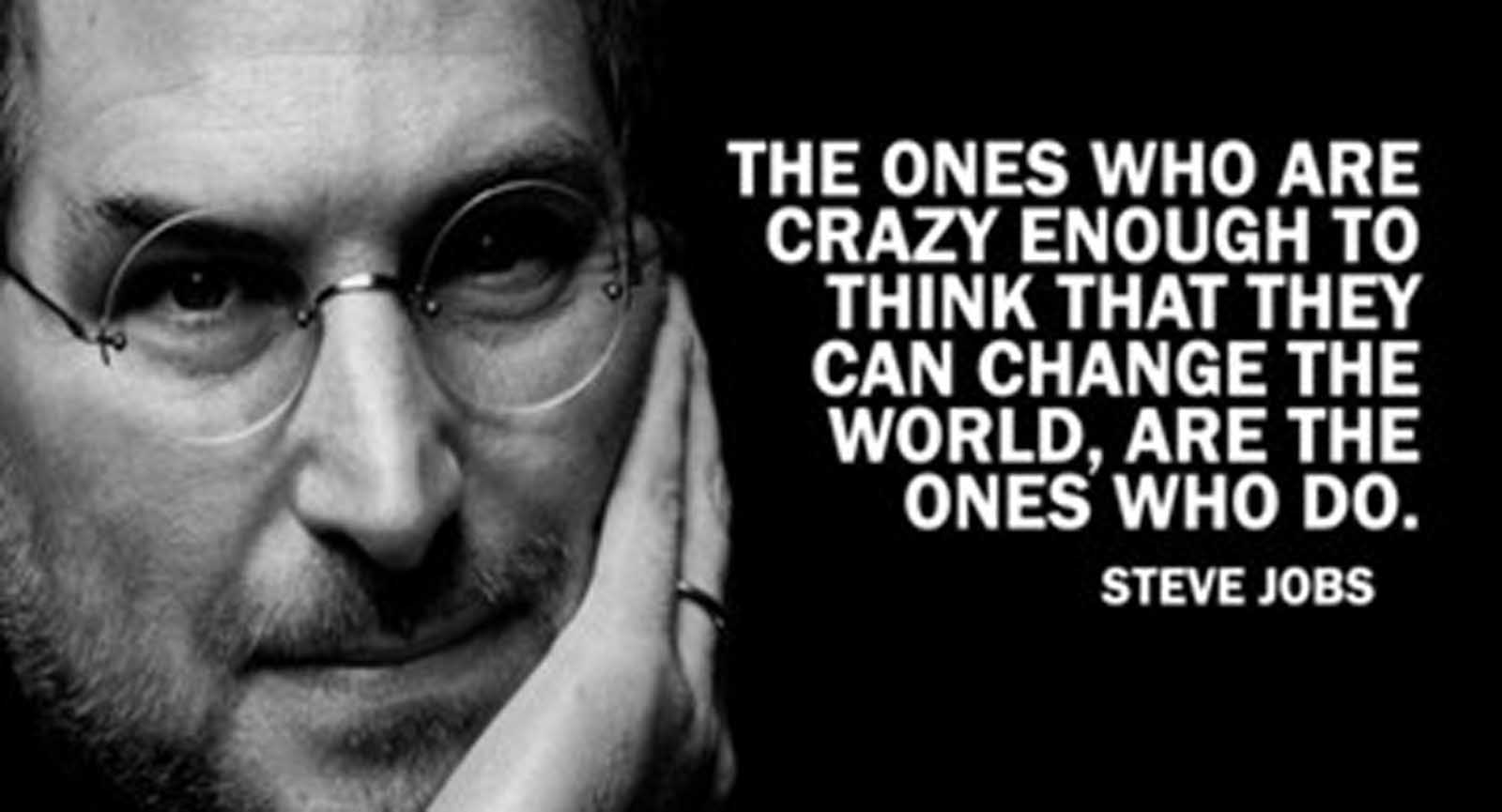
8. Author’s Notes
The first principle of a company shall be profitability. My former boss, Mr. Adrian Godwin (1958-2019), who had a background in electronic engineering and was also regarded by many experts as a technical genius, spent a lot of time and money on his ropeless/counterweight-less lift research. He was criticized by a former colleague who said that, “He just does what he likes.” Godwin’s ropeless lift was just a rough idea, let alone a design: How could it be used in real projects? I thought that he was crazy at the time.
When I heard the sad news of Godwin’s passing on 30 April 2019, I posted the following picture (Figure 10) on LinkedIn.
But I added a comment to it: “Freedom is not that you can do what you like, but that you cannot do what you dislike.” I believe that “not to do what you dislike” is the first principle of freedom.
I believe that knowing “what not to do” is wisdom, while knowing “what to do” is intelligence. Therefore, I would like to share another Jobs’ quote with those colleagues who are still involved in the ropeless lift development: “Deciding what not to do is as important as deciding what to do.”
References
[1] Invention of Wheel: Why and When Was the Wheel Invented (scienceabc.com)
[2] Inspiration from the Shard London, Elevator World, November 2021
[3] Dunning–Kruger effect – Wikipedia
[4] First principle – Wikipedia
[5] First Principles: Elon Musk on the Power of Thinking for Yourself (jamesclear.com)
[6] Linear motor – Wikipedia
[7] Motor principle – InTraSys english (intrasys-gmbh.com)
[8] Shanghai Maglev Train-The Fastest Train from PVG to Downtown Shanghai travel notes and guides – Trip.com travel guides
[9] Fastest time to type using the nose | Guinness World Records
Get more of Elevator World. Sign up for our free e-newsletter.

